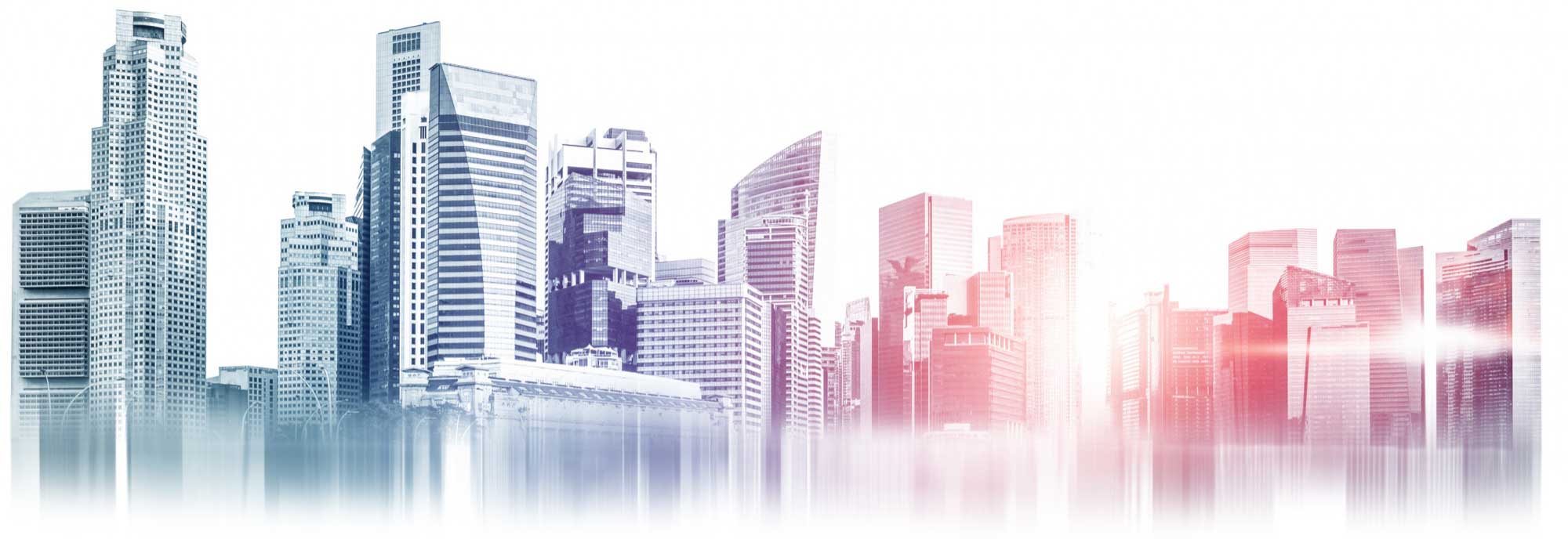Design Surprises: The Mysterious World of Graphic Design.
There are many misconceptions about design. Designers are often stereotyped as being creative, spontaneous, and wild. But the truth is that they are just people who have chosen an unconventional career path. They spend time doing things that most sane adults wouldn’t even consider doing—they challenge themselves with designing projects for companies that don’t exist yet or creating posters for events that will never take place. But one thing is certain: designers are not boring people who sit at a desk all day. The following article will explore the world of graphic design and why it’s so fascinating to explore this unknown territory.



Recent Comments